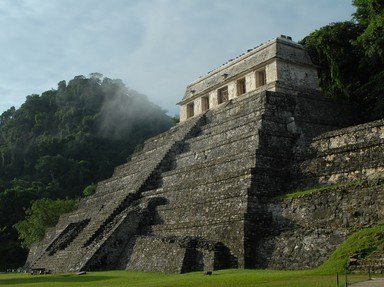Quiz Answer Key and Fun Facts
1. Which city was known for the Hanging Gardens as well as for a certain tower?
2. Which botanist advised British settlement in Australia near Botany Bay?
3. Who was the leader of the French First directoire (1795-1799), who later had to make way for Napoleon Bonaparte?
4. Who ruled Algeria between 1963 and 1965?
5. Who is generally considered as the first to write rules for monastic life?
6. Who was the "Iron Chancellor" of Germany?
7. Who was the great revolutionary in Venezuela at the start of the nineteenth century?
8. Near which river did the English ex-king James II and the English King William III fight in 1690?
9. Who was appointed Confederate Secretary of War in 1865?
10. Which English poet went to Greece for the fight for independence?
Source: Author
JanIQ
This quiz was reviewed by FunTrivia editor
bloomsby before going online.
Any errors found in FunTrivia content are routinely corrected through our feedback system.

